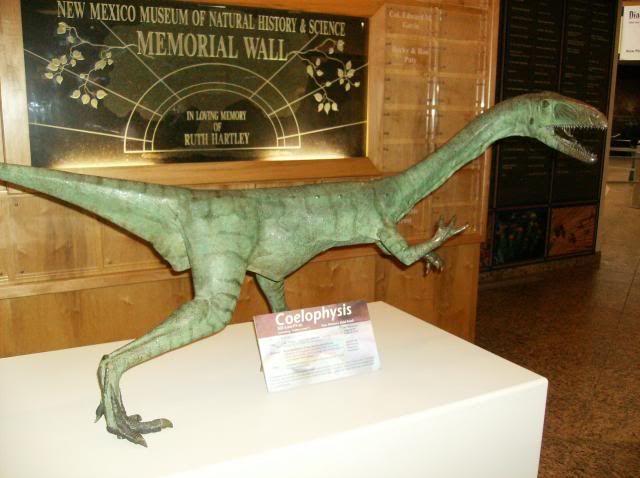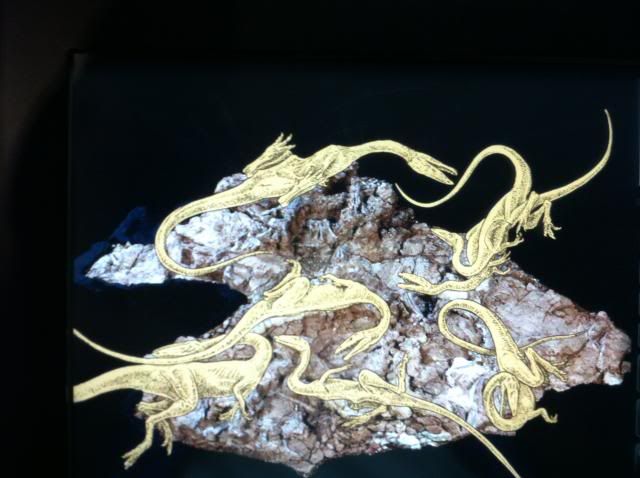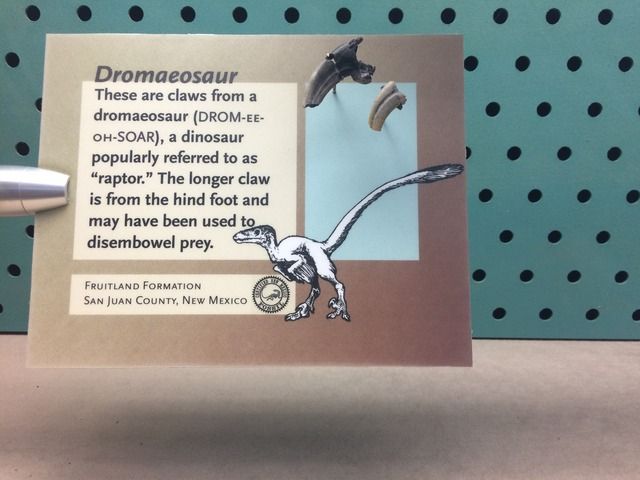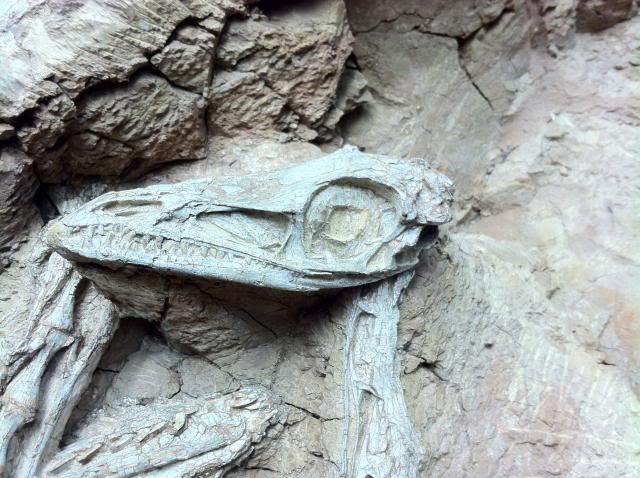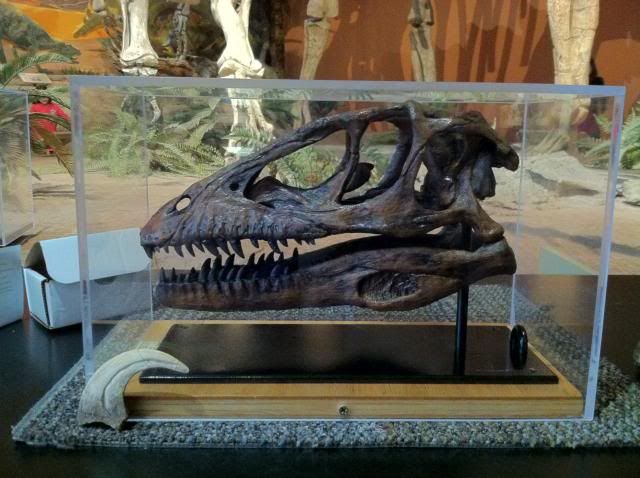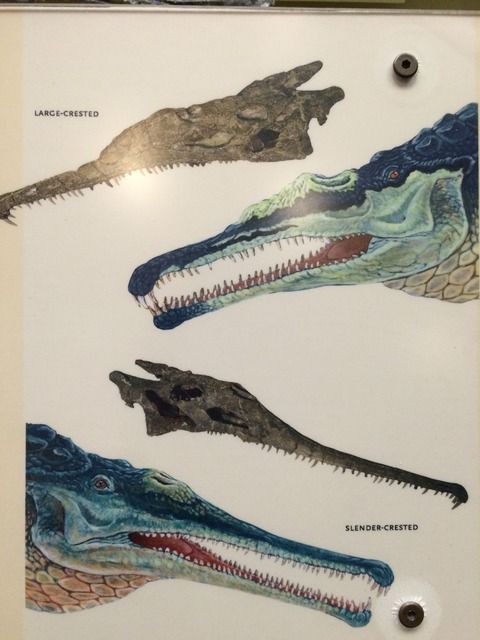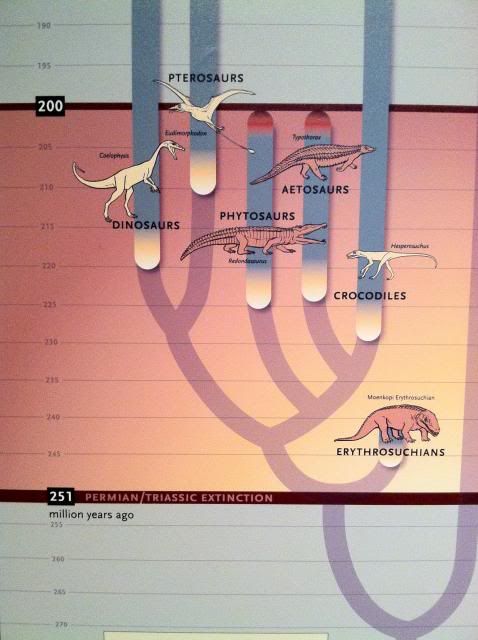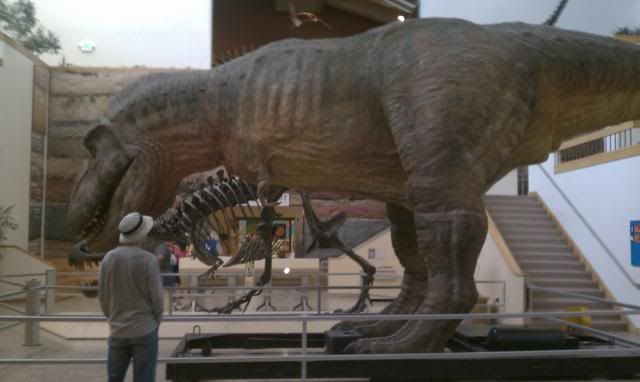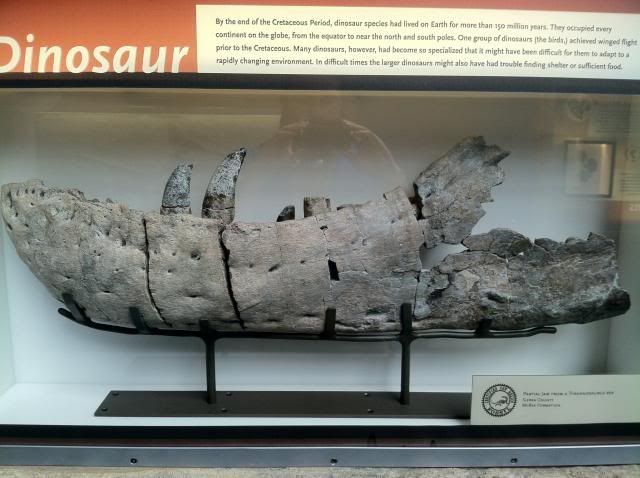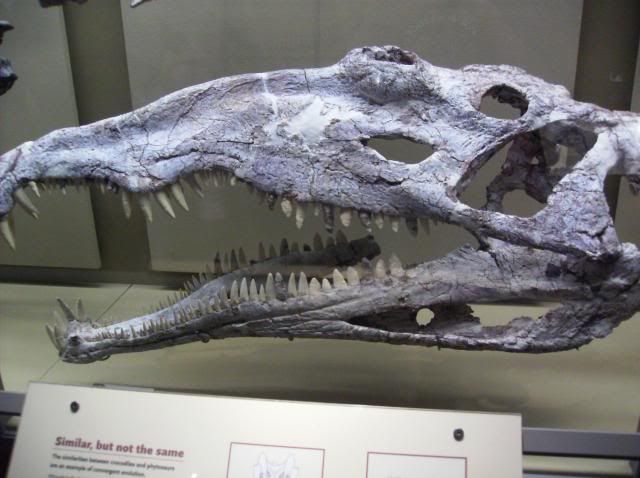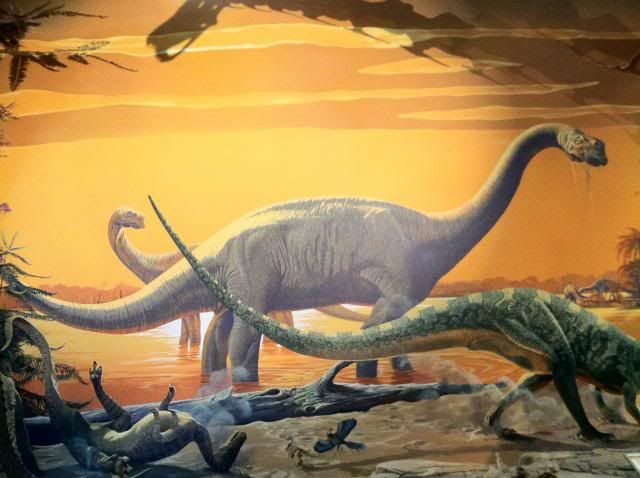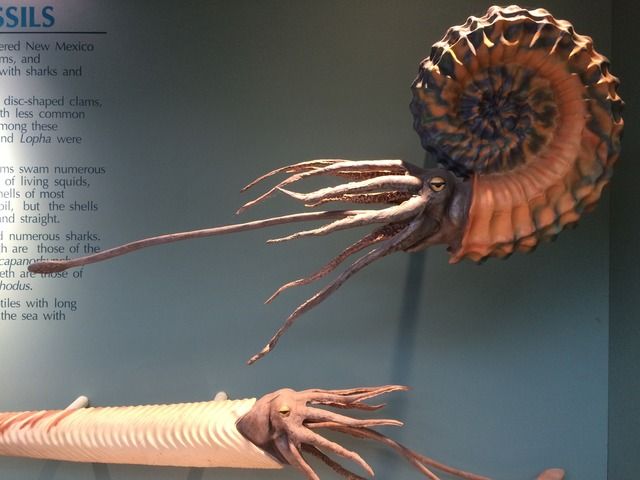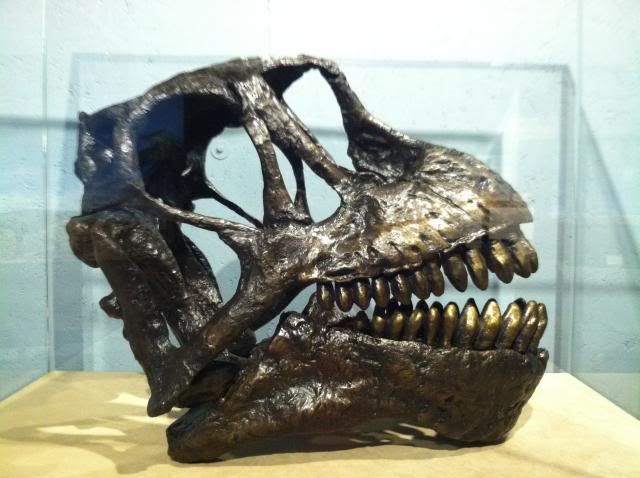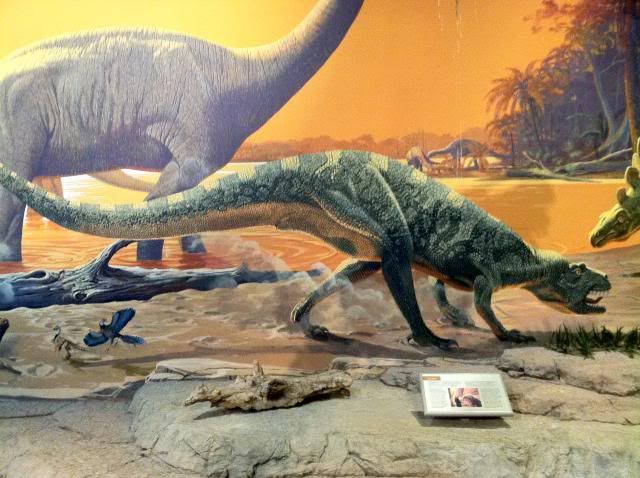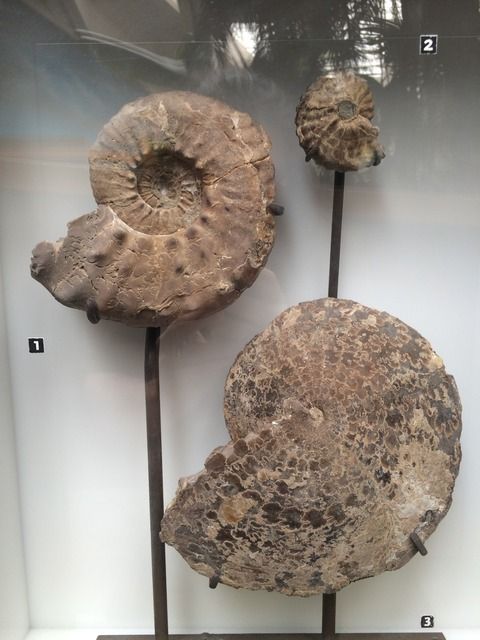A common objection by creationists when presented with the fusion of Chromosome 2 in humans is that the fusion point contains a “highly expressed” gene, known as the DDX11L2. Does this refute the fusion model of Chromosome 2?
No, and while other objections to the fusion event exist, this blog post will specifically cover the DDX11L2 claim.
So, what is the DDX11L2? Surprisingly, and contrary to creationist claims, it is not a gene at all. It belongs to a family of pseudogenes, known as the DDX11L. The interesting thing about the DDX11L family is that they are a telomere specific gene family. Every single one in the human, chimp, and gorilla genome is found parked right next to a telomere. (1.) There is a single exception, the DDX11L2, parked right in the middle, surrounded by other telomere specific sequences. This is a fact that should be a red flag to any creationist, but for some reason they don’t seem to be phased by it.
I contacted geneticist David E. Levin to figure out why this family of pseudogenes are thought of as pseuodogenes.
“All members of the DDX11L family found at telomeric sites are regarded as pseudogenes derived from a functional gene initially named CHLR1, which encodes a DNA/RNA helicase. They are called pseudogenes because they only possess a few of the 26 exons of the functional CHLR1 gene. Thus, most of the gene is missing except for a chunk near the 3’ end. The CHLR1 sequence that is retained in the propagated DDX11L pseudogenes (about 3.5kb out of 25kb) shares 97.5%–98.5% nucleotide identity with the functional CHLR1 gene, supporting the notion that they are all derived from the one functional gene. Thus, they do not appear to code for anything and there is no evidence that the remaining short open reading frames are expressed even as small proteins.”
An enlightening response to say the least.
Considering the fact, as Dr. Levin has pointed out, that these pseudogenes only contain small exons that make up only a fraction of the exons found in the gene they derive from and as such do not seem to code for anything, why is it creationists claim this gene is functional?
This claim comes from Creationist Jeffrey Tomkins. He lays great emphasis on the fact that transcription factor binding has been found throughout the region. But simple binding says nothing about the specificity of binding or how important it is biologically. (2.) Therefore, there is no real reason to consider this gene functional.
However, there are more problems with the claims about the DDX11L2 made by creationists. For one, the vast majority of the recorded transcripts of the pseudogene don’t even span the fusion site! Take a look here at the compact gene diagram:
http://www.ncbi.nlm.nih.gov/IEB/Research/Acembly/av.cgi?db=human&c=Gene&l=DDX11L2
(Hover your mouse over the introns to see the figures)
The fusion site lies within the first intron of detected transcripts B and E, which is the green part. The only thing that seems to differentiate B and E is the slightly different length of the second intron.
If you click on b it shows that it has been detected once in bone marrow.
There have only been two detections of transcript E that actually include the exon on the far side of the fusion site, and they were both found in prostate tissue. The other four detections don’t actually span the fusion site. I’ll discuss the variants that DO cross into the fusion site a little later.
So, even within the detected variants of E alone, the majority does not include the fusion point as one of its introns. The claim this pseudogene always spans the fusion point is becoming a lot less convincing. To get an actual figure on roughly how many variants actually cross the fusion point, we’ll need to do a little math.
Hovering your mouse over the green exon will give you the number of RNA-seq reads. For the green intron, it was sequenced a total of 687 times. The Main intron, however, was sequenced a total of 3200 times. Division gives us approximately 4.7, which can be rounded up to 5. So, roughly, it can be calculated only around 20% of the recorded transcripts actually cross into the fusion point. The vast majority do not.
Now, let’s take a look at the green exon for a moment:
http://genome.ucsc.edu/cgi-bin/hgTracks?db=hg38&position=chr2%3A113601185-113605008&hgsid=445505293_kpxd9k8D5aVBMlVa0T2inHR8dkE1
(Once again, hover your mouse over the colored bits to get the data)
The exon lies within a piece of satellite DNA labelled “Repeat TAR1, family telo”.
If you run a BLAT search for this satellite sequence, you will find that it is a pretelomeric sequence (TAR stands for Telomere Associated Repeat) with nearly identical sequences found on the ends of chromosomes 1, 2, 4, 8, 10, 13, 19 (both ends), 21 and 22.
I’ll humor the creationists for a second. If this was in fact a functional transcript that has always required this exon, it would seem to be quite the coincidence that this exon is in fact part of a larger sequence that, save this one exception, has nearly identical sequences found on the ends of chromosomes.
Yet this still totally isn’t a telomeric remnant. Sure, uh huh, whatever it takes to deny the obvious.
Now let’s move back to transcript variants that do cross over the fusion site. How did they come to be?
First, one must establish whether or not these transcripts arose after the fusion event or during it. Again, we’ll turn to David Levin.(2.)
“If there was recognizable DDX-like sequence on either side of the repeats, this would give the appearance that the gene was there prior to the telomeric sequences. I did a BLAST search of this region some time ago and did not identify any other DDX-related sequences on the far side of the telomeric repeats, supporting the conclusion that the fusion predates the transcript. Moreover, the DDX-like genes all have a similar size, structure and sequences across their exons, as shown Costa et al., 2009, the paper that describes the DDX11L gene. This reveals that the entirety of the recognizable DDX-like sequence resides on one side of the fusion site. Finally, the Costa paper concludes that the family of DDX-like pseudogenes was propagated to many sub-telomeric locations, lending further support to the conclusion that this region was previously a telomere.”
(Emphasis added)
Also, when it was brought to his attention that the green exon lays within a telomere specific signature, he said,
“The most reasonable inference from all of this is that the transcript that reads through the fusion site either represents a new transcription start site, or an old one that was associated with a gene that was truncated by the fusion event, thus producing a chimeric transcript.”
I emailed him to get an explanation of what exactly a new transcription start site meant. Basically, there are areas of the DNA known as transcription factor recognition sequences, or start sites. These are typically six base pairs in length and appear randomly in 1 out of every 4000 base pairs. However, other segments that only differ by a single base pair exist every 200 base pairs. Thus, through mutation of one of these potential start sites, it is easily possible for a new transcription start site to emerge. This could, in essence, essentially be moved over. This easily accounts for why a fraction of the variants cross over the fusion point while most do not.
Back in the compact gene diagram, transcript B is a great example. It looks a lot like it’s been simply moved aside.
Now creationists might try and object to new start sites being able to move genes. But it’s a simple fact it can be done In fact; start sites brought forth by mutation are required in all the transcripts of DDX11L2. Why? Simply, the DDX11L pseudogene family is expressed as RNA, despite the fact that the entire front end of the normal gene (including the promoter and transcription start site) is missing. Therefore, even the shorter transcripts for DDX11L genes must have resulted from mutations to create new start sites.
So, there is a well-known mechanism to account for the few transcripts that cross the fusion point, and these factors also explain the general rule that most transcripts of the DDX11L2 do NOT include the fusion point.
Now overall, what does this the entirety of the presence of the DDX11L2 in chromosome 2 tell us? Well, for one, it tells us it’s likely a fusion because this is a telomere specific pseudogene. Also, the exon on the far side of the fusion point used by only a fraction of recorded transcripts is nestled within telomere specific satellite DNA. Well-understood and observed mechanisms easily account for the percentage of transcripts that cross into the fusion point, so any objection of “How did that fraction get in the site if it wasn’t designed that way?” is null and void.
Overall, the very work pushed forward by Tomkins and other creationists involving the DDX11L2 does a lot more to support the fusion model and does not harm it in any way. The idea of a chromosomal fusion event in our species past is still on very solid ground. I’ll let David Levin sum it up. (2.)
In any event, what we see are two different telomere-specific signatures on either side of the fusion site. This region veritably screams “telomere”.
I rest my case.
Citations:
1. http://www.biomedcentral.com/1471-2164/10/250
2.http://sandwalk.blogspot.com/2015/06/creationists-discover-that-human-and.html
